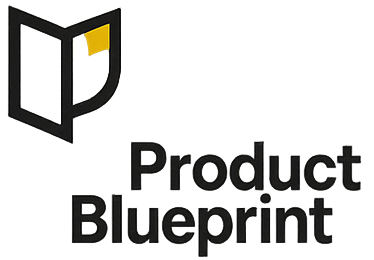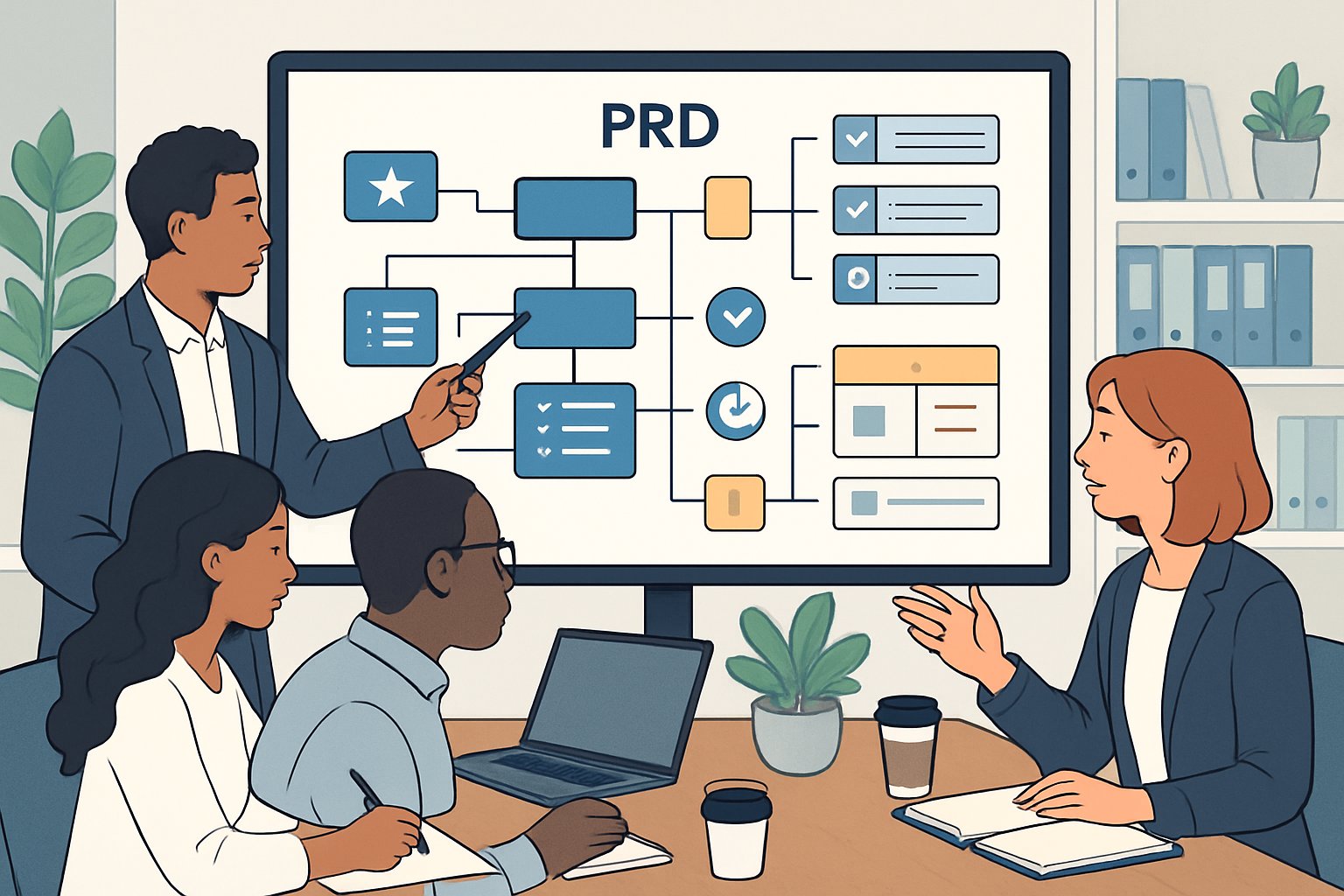Understanding Role Clarity in Product Teams
When everyone on a team knows what they’re supposed to do—and what’s not their job—things move faster. Clear boundaries keep people from stepping on each other’s toes or repeating work.
Defining Role Clarity
Role clarity means each person understands their job, where they have decision power, and what they’re accountable for. It’s more than a job title; it spells out daily tasks and what’s expected.
A product manager with role clarity owns the roadmap but doesn’t have the final say on design. The designer handles user interfaces, but someone else sets release dates.
Key elements of role clarity include:
- Specific tasks and deliverables
- Decision-making authority levels
- Communication responsibilities
- Success metrics and goals
Teams see the biggest benefit when they write these things down. Verbal agreements? Those usually turn into confusion later.
Role clarity also means knowing what you don’t do. Clear boundaries keep people from stepping into others’ work or doubling up on tasks.
Common Role Ambiguities
Product teams run into a handful of classic role confusion problems that really slow things down.
Product Manager vs Product Owner confusion pops up all the time. Product managers handle strategy and market fit. Product owners are closer to the backlog and developers day-to-day.
Design decision authority gets messy when too many folks think they can change the UI. Developers, product managers, designers—everyone wants a say, and it gets chaotic.
Quality assurance ownership is another trouble spot. If no one’s sure who finds bugs, writes tests, or says a feature is ready, things slip through the cracks.
| Role Confusion | Impact | Quick Fix |
|---|---|---|
| PM vs PO duties | Delayed decisions | Define strategy vs execution split |
| Design authority | Inconsistent UI | Assign final design approver |
| QA ownership | Buggy releases | Name testing lead per feature |
Technical architecture decisions get bogged down when too many people weigh in. Endless debates replace quick action.
Customer communication turns into a mess if sales, product, and support all talk to users separately. No one knows what’s been promised or discussed.
Importance of Clear Responsibilities
When responsibilities are clear, teams ship faster. People act without waiting for permission or clarification.
Reduced decision delays mean designers can approve mockups on the spot if that’s their call. No need to ask around.
Fewer communication breakdowns—everyone knows who to update. Product managers reach out to the right engineers about roadmap changes.
Better accountability ties outcomes to specific people. If a release goes sideways, the team knows who owns the fix.
Improved team confidence comes from people focusing on their strengths. Developers stick to code quality instead of worrying about design debates.
Teams with clear roles move 30-40% faster. Fewer revision cycles, quicker feature delivery—it adds up.
Quality improves too. When one person owns testing, more issues get caught before launch.
Connection Between Role Clarity and Velocity
Defined roles make teams faster. People know what’s theirs, make decisions quickly, and avoid doing the same work twice.
How Clarity Drives Team Performance
If everyone knows their job, the team just moves. Product managers handle strategy, engineers build, designers create experiences—no one’s stepping on toes.
Clear roles eliminate decision delays. No one wastes time figuring out who does what. They just get to it.
Accountability becomes automatic. Each person owns their piece. That sense of ownership pushes people to perform and fix problems fast.
Communication gets more efficient. People know who to ask. Questions land in the right inbox instead of bouncing around.
Teams with real role clarity can ship products 30-50% faster than teams stuck in confusion. Less time spent coordinating, more time spent building.
Common Bottlenecks from Ambiguity
Overlapping responsibilities drag teams down. Two people on the same task? That’s just wasted effort and confusion.
Decision paralysis sets in when no one knows who decides. Teams argue about features and priorities for days.
Task gaps happen when roles are fuzzy. Important work gets missed because everyone assumes someone else is on it.
Finger-pointing replaces fixing problems. When things break, people blame each other instead of jumping in to help.
Constant meetings eat up work time. Teams meet just to figure out who’s doing what, instead of actually doing it.
Case Studies Illustrating the Impact
Spotify’s squad model nails role clarity. Each squad gets a product owner, engineers, and designers, and everyone knows their job. They ship new features every few weeks.
That works because there’s no confusion about who does what. People stick to their lane.
Basecamp keeps it simple with three roles: one shapes the project, one programs, one designs. It’s a tiny team, but they build big features fast.
No committees. No muddled responsibilities. Just clear roles and quick progress.
Failed example: One startup had five people all calling themselves “product managers.” Nothing shipped for three months. Once they clarified who did what, they launched their MVP in six weeks.
Key Roles in High-Velocity Product Teams
Fast teams set clear boundaries and spell out who owns what. When everyone knows their job and trusts others to do theirs, work just flows.
Product Manager Responsibilities
Product managers drive the what and why. They choose features and set priorities, even when it’s tough.
Core duties include:
- Setting product vision and strategy
- Writing user stories and requirements
- Managing the backlog and roadmap
- Making go/no-go calls on features
Product managers spend a lot of time with customers and data. They turn what they learn into clear direction for the team.
They also keep stakeholders in the loop—executives, sales, support—everyone who needs to know what’s changing.
Key success metrics:
- Feature adoption rates
- Customer satisfaction scores
- Revenue impact from new features
- Time from idea to release
Engineering Lead Distinctions
Engineering leads focus on the how. They make the technical choices while the product manager worries about business stuff.
Primary responsibilities:
- Choosing technology and architecture
- Breaking features into dev tasks
- Managing code quality and tech debt
- Estimating development time
Engineering leads review code before it ships. They mentor junior devs and set the coding bar for everyone.
They work closely with product managers to find the fastest way to build. Sometimes, that means pushing for simpler solutions that still get the job done.
Technical ownership areas:
- System performance and reliability
- Security and data protection
- Dev tools and processes
- Integration with other systems
Design and UX Ownership
Design leads own the user experience from start to finish. They make sure things look good and feel easy to use.
Main responsibilities:
- Creating wireframes and prototypes
- Running user testing sessions
- Building design systems and style guides
- Keeping user experience consistent
Designers work ahead of developers, testing ideas before anyone writes code. This saves time and money by catching problems early.
They keep the design system up to date—colors, fonts, buttons, and all the little things that make the product feel polished.
Design deliverables:
- User research findings
- Interface mockups and specs
- Interaction patterns and animations
- Usability testing results
Design leads partner with product managers on user research. They help turn customer feedback into real improvements in the interface.
Structuring Product Teams for Maximum Speed
The fastest teams balance specialized skills with clear decision paths. You need the right mix of people, smart boundaries, and simple processes.
Effective Team Composition
Teams move quickest when they’re sized right and skills are covered. Research suggests 5-7 people is the sweet spot for most product work.
Core team structure:
- 1 Product Manager
- 2-3 Engineers (mix of senior and mid-level)
- 1 Designer
- 1 Data Analyst
This covers all the bases without bogging things down. Each person owns their domain, but the team’s still small enough to align quickly.
Add specialists only if the project needs it. Building mobile? Bring in a mobile engineer. Doing AI? Grab a machine learning expert.
Team scaling rules:
- Under 5 people: You’ll miss key skills
- 5-7 people: Fastest zone
- Over 9 people: Communication gets slow
For big projects, use several small teams—not one giant one. Coordinate with shared goals and regular check-ins.
Role Overlap vs. Specialization
Some overlap is healthy, but deep specialization matters too. It’s about backup, not blurring lines.
Strategic overlap areas:
- Product Manager and Designer both dig into user research
- Senior Engineer and Product Manager both assess tech feasibility
- Designer and Engineer both understand what’s possible in code
This overlap helps when someone’s out and brings in fresh perspectives. It also keeps things moving if someone’s stuck.
Pure specialization zones:
- Complex technical architecture (Senior Engineer only)
- User interface design decisions (Designer only)
- Business prioritization (Product Manager only)
But for core decisions, only one person owns the final call. Others can advise, but someone has to decide.
Cross-training happens naturally—engineers join user interviews, designers check out technical docs. No need for heavy-handed programs.
Decision-Making Hierarchies
We organize decisions by impact level and expertise. Clear hierarchies help cut down on delays and confusion about who’s in charge.
Decision authority levels:
| Decision Type | Owner | Input Required |
|---|---|---|
| Feature priority | Product Manager | Team feedback |
| Technical approach | Senior Engineer | Architecture review |
| User experience | Designer | User research data |
| Release timing | Product Manager | Engineering estimates |
| Resource allocation | Team Lead | Stakeholder needs |
Individual contributors handle day-to-day choices. We only escalate when a decision impacts other teams or major resources.
Escalation triggers:
- Budget changes over $10,000
- Timeline shifts beyond one sprint
- Scope changes affecting other teams
- Technical decisions requiring new infrastructure
Most teams make about 80% of decisions internally. We want most choices to happen at the team level, with clear ownership.
We run regular decision audits to spot bottlenecks. If similar issues keep getting escalated, we tweak authority levels or bring in more expertise.
Implementing and Maintaining Role Clarity
Clear roles don’t just happen; teams need to set them up and keep them updated. Structured communication, decent documentation, and regular check-ins keep things aligned.
Communication Best Practices
Start with explicit role definitions. Write down what each person does—daily, weekly, monthly. Spell out their decision authority and who they report to.
Hold weekly alignment meetings to tackle role questions. Make “who does what” a regular agenda item.
Use the RACI framework for big decisions and processes. Figure out who’s Responsible, Accountable, Consulted, and Informed for each task.
When conflicts pop up, deal with them right away. Guessing about boundaries just leads to trouble.
Set up regular one-on-ones for overlapping roles. Product managers and designers should meet weekly. Engineers and QA testers need daily check-ins.
Create role handoff protocols. Document when work moves from one person to another. Spell out expected deliverables and quality standards.
Tools for Documenting Responsibilities
Use team charter documents that list each role’s core duties. Store these in shared spaces like Confluence or Notion.
Responsibility matrices in spreadsheets help too. List tasks down the left, team members across the top.
| Task | PM | Designer | Engineer | QA |
|---|---|---|---|---|
| User research | Primary | Support | Consulted | – |
| Feature specs | Primary | Consulted | Consulted | Informed |
| UI mockups | Consulted | Primary | Informed | – |
Keep job descriptions alive by updating them quarterly. Skip the HR templates—capture what people actually do.
Project management tools like Jira or Linear help assign clear owners for each task. Avoid putting multiple people on a single item.
Keep decision logs to show who made what choices and when. This stops future confusion about authority.
Adapting Role Clarity Over Time
Review role definitions each quarter during retros. Ask if anyone feels unclear about boundaries.
Scale roles gradually as your team grows. Don’t split responsibilities too soon, but don’t let them get too broad either.
When someone new joins, update role docs first. Then build onboarding materials explaining how everyone fits together.
Watch overlap areas—that’s where confusion sneaks in. Product/design and engineering/QA handoffs often need extra care.
Tweak roles to fit people’s strengths and the team’s needs. Some product managers love technical details; others lean into user research.
Write transition plans when folks leave or change roles. Don’t let tribal knowledge just vanish.
Run quarterly role clarity surveys. Ask people to rate their clarity about their own and others’ roles from 1-10.
Measuring the Impact of Role Clarity on Team Velocity
Teams need real data to show role clarity speeds things up. We track metrics, gather feedback, and try to catch problems early so we keep moving fast.
Setting Metrics and KPIs
We look at delivery speed and team confidence scores to measure clarity. Sprint velocity tells us how much gets done each cycle. Lead time tracks days from idea to customer delivery.
Role confusion incidents count how often someone asks “whose job is this?” We log these weekly. Decision speed measures hours between identifying a problem and solving it.
Simple surveys check role understanding. Teams rate their clarity from 1-10 every month. If scores drop below 7, we know there’s an issue.
| Metric | Target | Frequency |
|---|---|---|
| Sprint Velocity | +15% quarterly | Every sprint |
| Lead Time | <14 days | Weekly |
| Role Clarity Score | 8+ average | Monthly |
| Decision Speed | <24 hours | Daily |
Cross-functional work completion rates matter too. When designers, devs, and PMs know their parts, features just ship faster.
Feedback Loops for Continuous Improvement
We get feedback through quick daily check-ins and weekly retros. People speak up when roles feel fuzzy or overlap too much.
Daily standups include a quick gut-check: “Do you know what everyone should do today?” If folks hesitate, that’s a sign.
Weekly role reviews help teams adjust responsibilities. We document changes in shared tools so everyone stays in the loop.
We track feedback themes each month. Unclear handoffs and missing ownership for edge cases come up a lot.
360-degree feedback happens every quarter. Team members rate how well others understand their roles. If scores drop, we run one-on-ones for coaching.
We use real-time tools like Slack polls to catch confusion fast. After tough project days, we’ll ask, “Was today’s role distribution clear?”
Identifying and Addressing Slowdowns
We notice slowdowns when deliveries get delayed. More back-and-forth messages usually follow.
Blocked tasks that sit idle for more than 48 hours often mean people aren’t sure who’s supposed to do what.
Meeting frequency tends to spike when roles feel fuzzy. Teams set up extra calls just to get on the same page.
We keep an eye on calendar data to catch these patterns early.
Rework rates tell us when unclear responsibilities cause mistakes. If finished work needs constant fixes, that’s a red flag for role gaps.
Escalation patterns can highlight trouble spots too. If folks keep asking managers for direction, it’s probably time to revisit role definitions.
When slowdowns hit, we jump into role clarification sessions. Teams walk through who owns what in specific situations.
RACI matrices come in handy for this. They help spell out who’s responsible, accountable, consulted, or just informed.
Pairing sessions between team members who feel stuck can really help. They work together on similar tasks and get a feel for each other’s approach.





